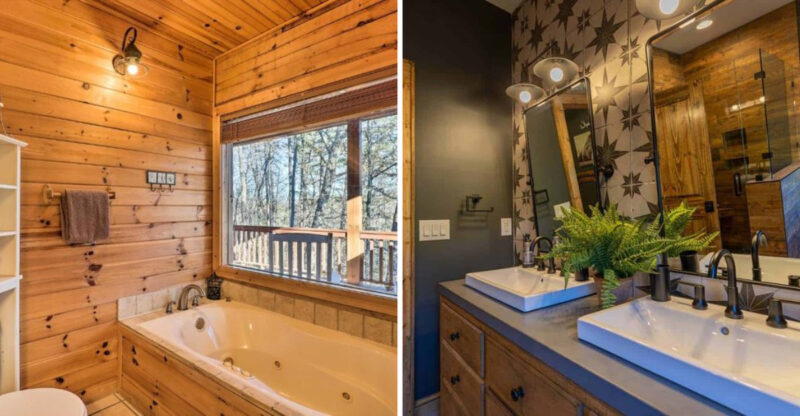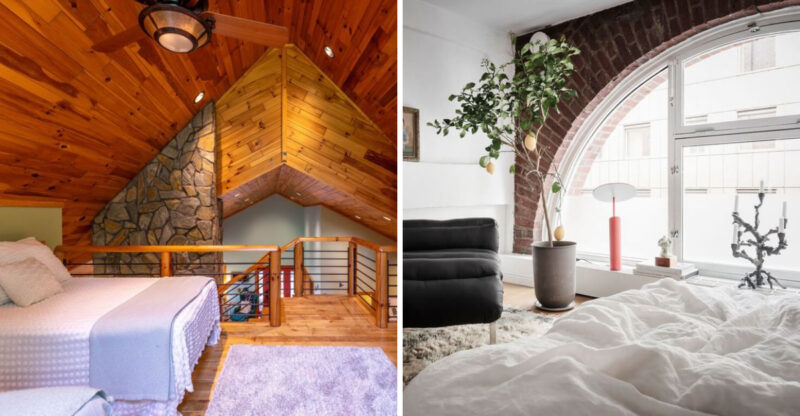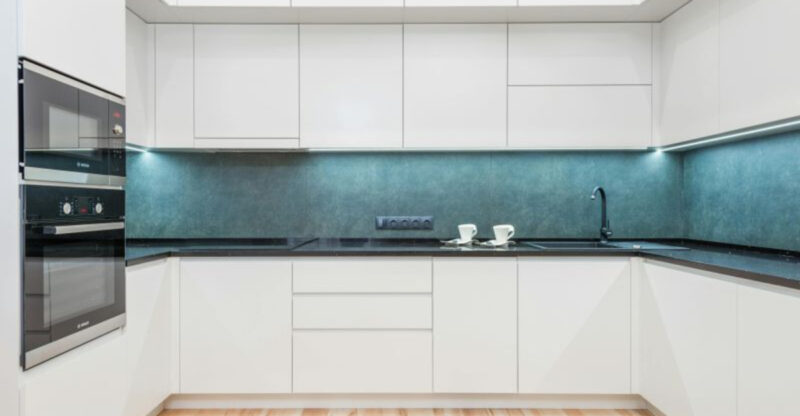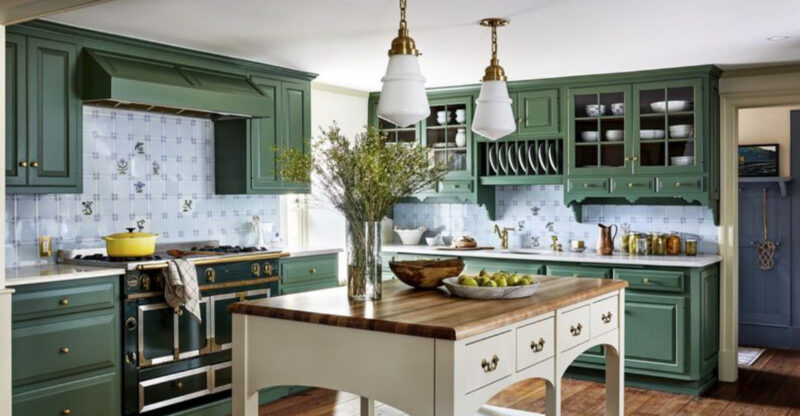10 Kids’ Room Design Mistakes That Turn Buyers Away

When you’re selling your home, every room counts, especially your child’s bedroom. Potential buyers need to imagine their own family living in the space, but certain design choices can make that difficult.
Avoiding common mistakes in kids’ rooms can help your home sell faster and for a better price.
1. Overly Themed Decor
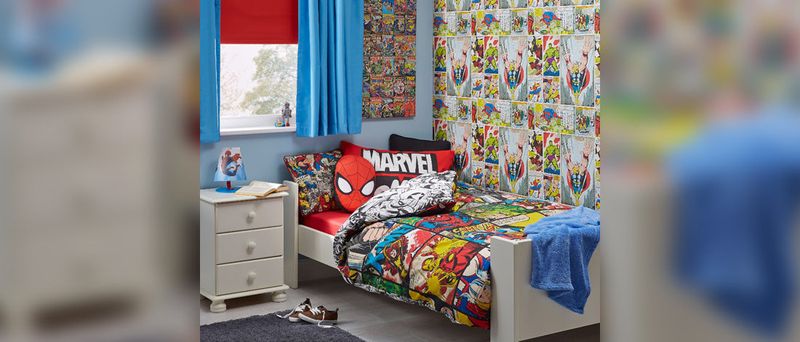
Creating a room around your child’s current favorite superhero or princess seems like a great idea at first. Kids grow up fast, though, and their interests shift even faster.
Buyers walking through your home might feel overwhelmed by all the specific character decorations. A room plastered with themed items signals costly updates ahead, which can seriously hurt your sale.
2. Excessive Personalization

I know how tempting it is to display every family photo and achievement in your child’s room. Personal touches like name banners and trophy collections make the space feel lived-in and loved.
Buyers struggle to picture their own kids in a room that screams someone else’s identity. Removing these personal items creates a blank canvas that helps families envision their future.
3. Neglecting Storage Needs

Storage often gets overlooked when designing a child’s space, leading to visible clutter everywhere. Toys, books, and clothes pile up quickly without proper organizational systems in place.
Buyers immediately notice cramped, messy rooms and assume the entire house lacks adequate storage. Built-in shelving and multi-functional furniture show buyers the space can stay organized and functional long-term.
4. Ignoring Safety Features

Safety concerns jump out immediately to parents touring your home. Furniture with sharp edges, wobbly bookshelves, or exposed outlets raise red flags about the entire property’s condition.
Buyers worry about potential accidents and the cost of making necessary safety upgrades. Securing furniture properly and using rounded edges demonstrates you’ve maintained the home responsibly and thoughtfully.
5. Overcrowding the Room
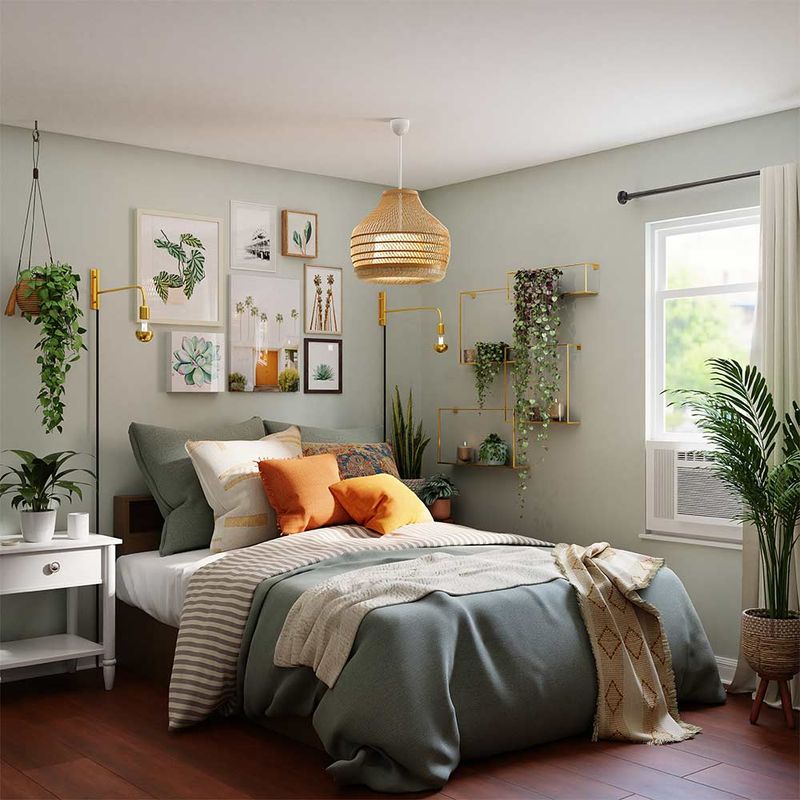
Cramming every piece of furniture into a child’s bedroom makes the space feel suffocating rather than cozy. Kids need room to play, but buyers need to see functional square footage.
An overcrowded room photographs poorly and feels smaller than it actually is during showings. Removing excess furniture and leaving breathing room helps buyers appreciate the true size and potential.
6. Choosing Inappropriate Color Schemes
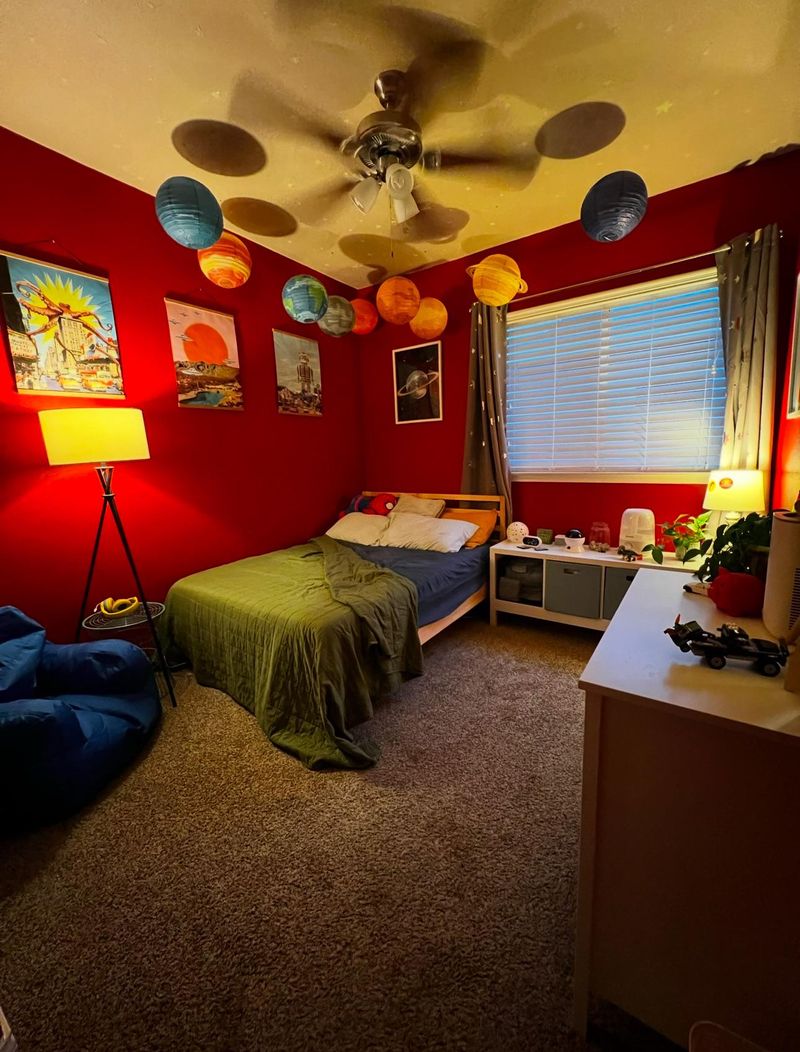
Bright neon walls might delight your six-year-old, but they can overwhelm potential buyers instantly. Intense color schemes make rooms feel smaller and require significant effort to neutralize.
Buyers mentally calculate repainting costs when they see bold, polarizing colors throughout a home. Soft, neutral tones with subtle accents appeal to more families and showcase the room’s natural light beautifully.
7. Overlooking Lighting

Relying on a single ceiling light creates dark corners and makes any room feel gloomy and uninviting. Children need proper lighting for homework, reading, and playtime activities.
Buyers notice poor lighting immediately because it affects how they perceive the entire space. Adding layered lighting with bedside lamps and task lights brightens the room and highlights its best features effectively.
8. Using Light-Colored Furnishings
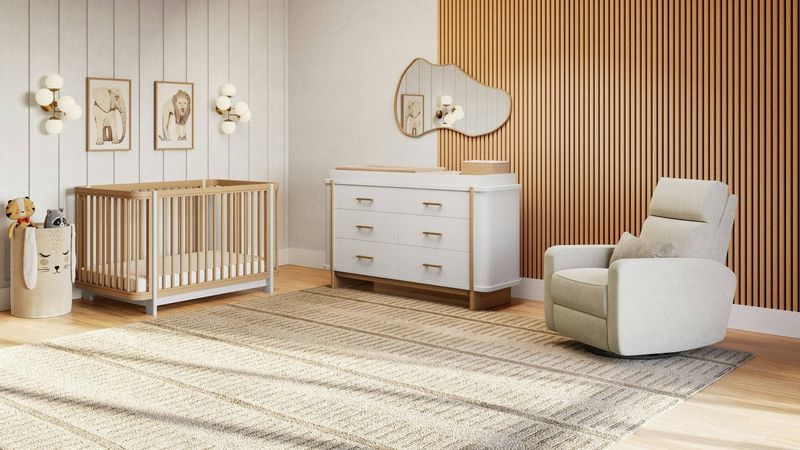
White cribs and cream-colored bedding might look elegant in a catalog, but in real life, they become stain magnets. Buyers walk into a room and immediately notice every juice spill, muddy handprint, and mysterious smudge on those pristine surfaces.
Families shopping for homes want spaces that look well-maintained and easy to care for. Light furnishings send the opposite message, suggesting constant cleaning battles and replacement costs.
Darker tones or patterned fabrics hide everyday wear much better. Consider swapping out those delicate pieces for more forgiving options before listing your home, or at least ensure everything is spotlessly cleaned and touch up any visible damage to make the best impression possible.
9. Furniture That Won’t Grow With the Child
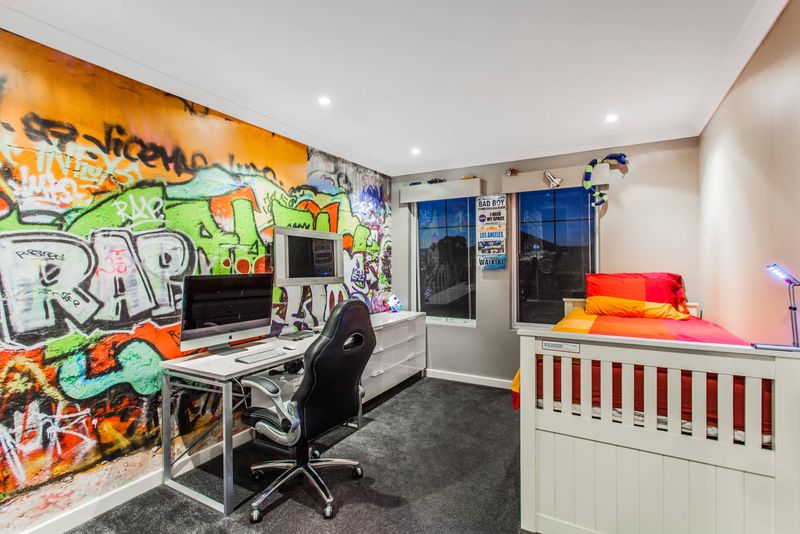
That adorable toddler bed shaped like a fire truck seems charming now, but buyers see dollar signs. They calculate how quickly their child would outgrow it and how much they’ll spend replacing it with something age-appropriate.
Smart buyers look for rooms with adaptable furniture that serves multiple life stages. A full-size bed with neutral styling works for a five-year-old and a teenager alike, making it a practical long-term investment rather than a temporary solution.
Before showing your home, replace novelty furniture with timeless pieces that demonstrate versatility. This simple change helps buyers envision the room working for their family for years to come, increasing their emotional connection to the space.
10. Overwhelming the Room with Busy Patterns
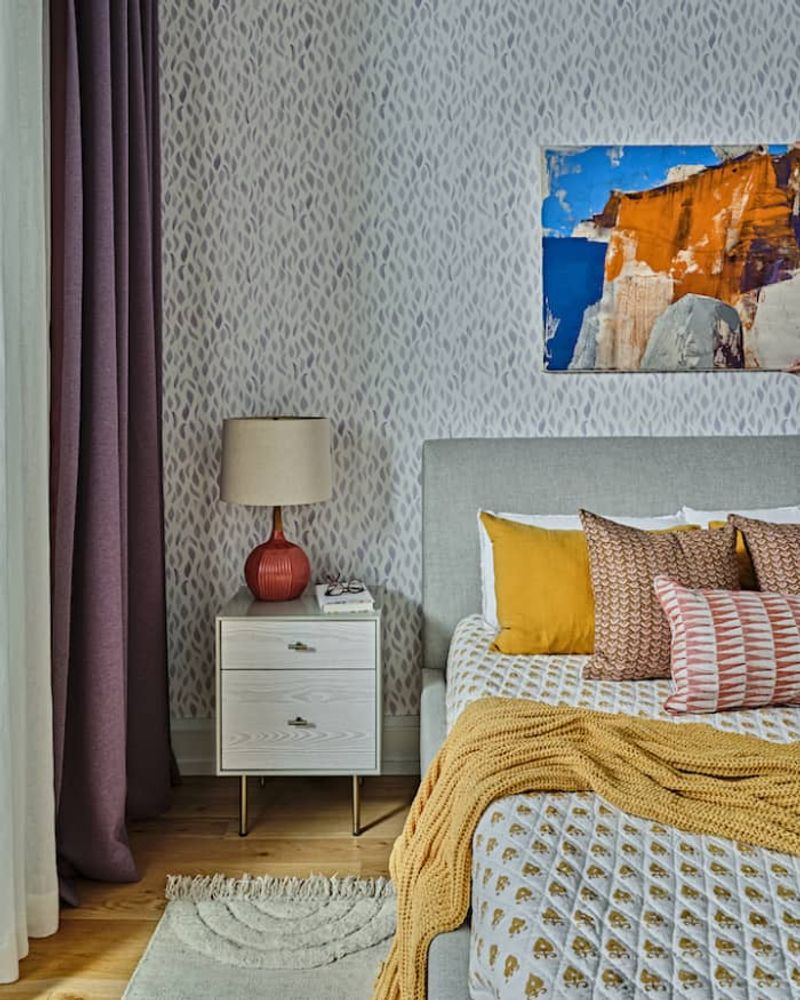
Stripes on the walls, polka dots on the bedding, cartoon characters on the curtains—when patterns compete for attention, nobody wins. Buyers feel visually exhausted just standing in the doorway, unable to imagine their own family’s belongings in such a chaotic space.
Pattern overload makes rooms feel smaller and more cluttered than they actually are. The eye has nowhere to rest, creating an uncomfortable viewing experience that buyers remember for all the wrong reasons.
Balance is everything in design. Choose one statement pattern and pair it with solid colors throughout the rest of the room to create harmony and let buyers focus on the room’s actual features rather than fighting visual noise.


